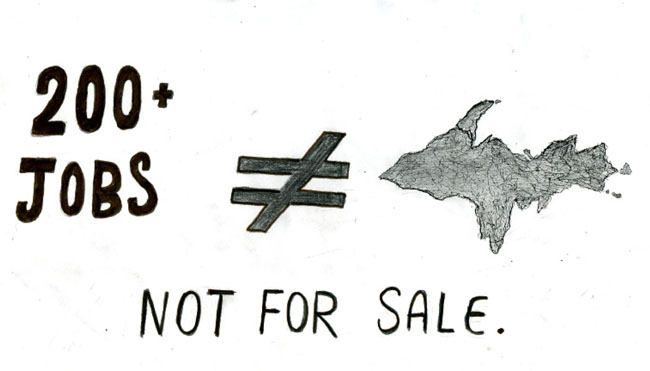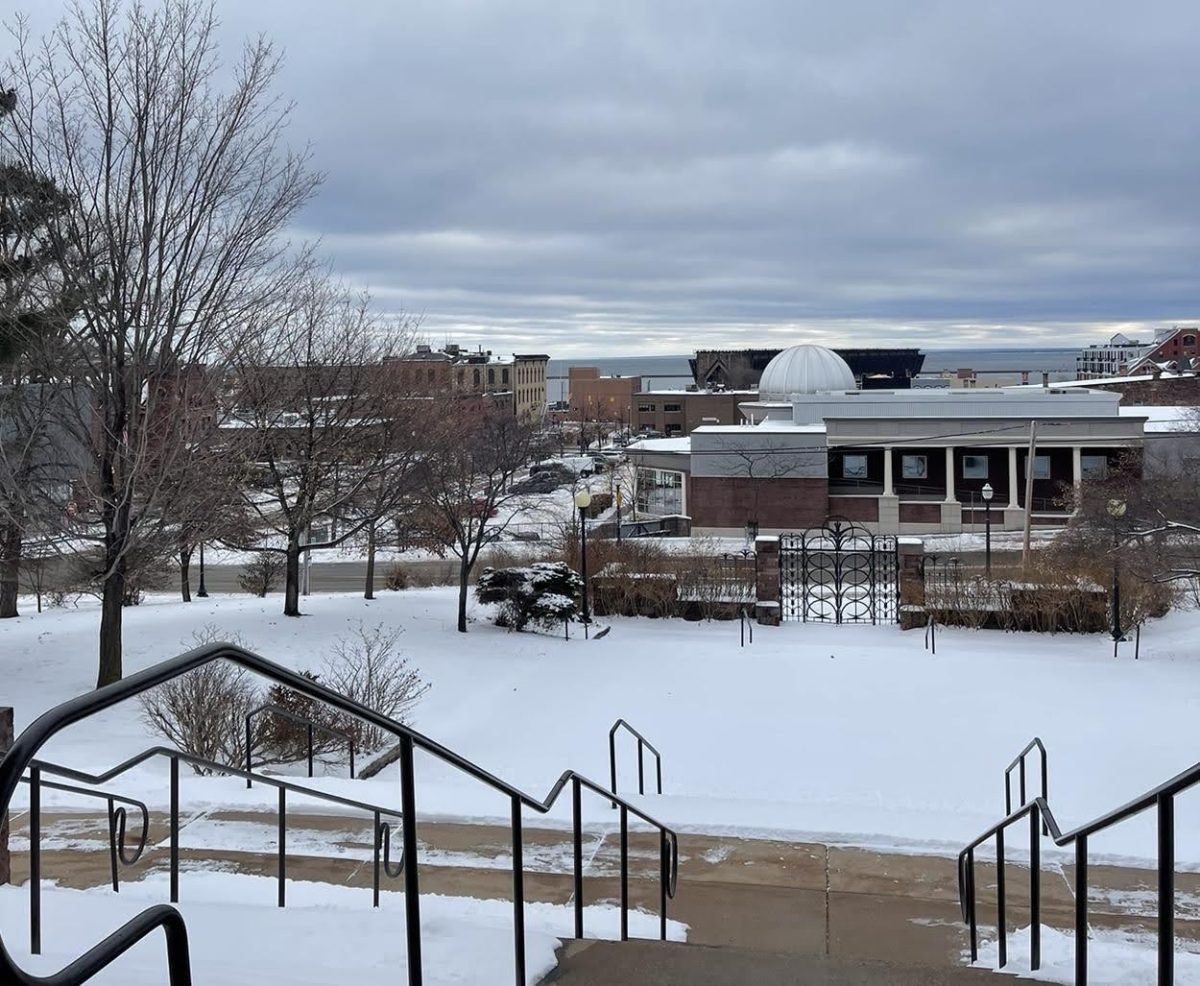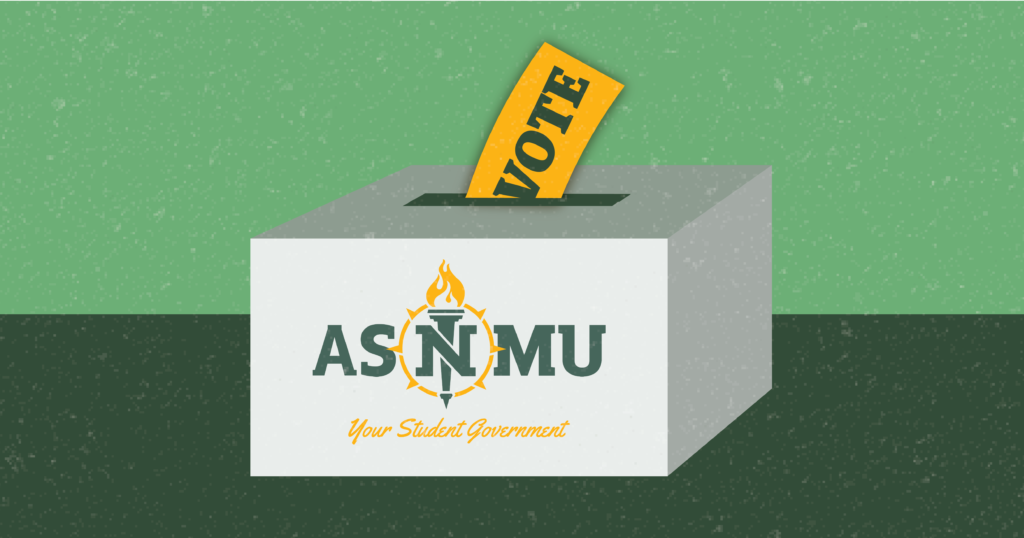As a college student these past few years here in the Upper Peninsula, I’ve often heard about the controversial proposed Kennecott Eagle Mine Project. I’ve seen the bumper stickers around town arguing for and against sulfide mining, but it wasn’t until recently that I researched the debate and discovered that this could be one of the worst things to happen to the U.P.
It’s no secret that Kennecott has been engaged in litigation battles since its 2006 mining application was sent to the Department of Environmental Quality (DEQ). The copper and nickel mine, which would be in the Yellow Dog Plains along the Salmon Trout River, would mine a six-acre underground deposit. The project is expected to yield 250 to 300 million pounds of nickel and about 200 million pounds of copper, providing between 120 and 200 jobs. Additionally, Kennecott, as well as other mining businesses, may look to expand their business in the U.P. should this plan work out.

This all sounds good on the surface. After all, Michigan has been hit the hardest by this recession, having had economic troubles long before the rest of the nation felt it. The biggest argument for the mine, at least among local supporters, is that it would help boost the economy and create jobs in the region. I’m not against the idea of bringing the mining industry back and creating jobs in the UP, but I do think that this is too great a price to pay for some short-term benefits. Kennecott’s plans for the millions of pounds of nickel and copper are to send them by rail to a plant in Canada for “further processing.”
So Kennecott will produce jobs for the region and for short-term prosperity, then take the nickel and the copper out of the region, leaving us with the very expensive cost of probable environmental cleanup in our watershed and the Salmon Trout River. That does not seem like economic growth to me.
Before we allow Kennecott to come in and pollute our groundwater in order to produce jobs, perhaps we should look at Kennecott itself. According to a 2005 article in ABC News, Rio Tinto, Kennecott’s parent company, co-owns one of the largest uranium mines in the world with the government of Iran. Residents of Papua New Guinea filed suit against Rio Tinto in 2000 for human rights abuses. And the PR News reported in February that Rio Tinto locked out 600 workers who refused to go from full-time jobs with benefits to temporary positions with limited benefits. Is this the kind of employer we want to have in our region?
Perhaps one of the most alarming among the many arguments against the Kennecott mine itself was brought to light by a 2007 report by the National Wildlife Federation (NWF). In this report, the NWF outlines many environmental problems with the proposed mine, including the possible collapse of the roof of the mine, which would drain the Salmon Trout River. It also outlines the concerns with sulfide acid drainage, which could contaminate the groundwater of the region. Both events would affect the entire watershed of the area, including Native American reservations and surrounding townships.
Recently, the Kennecott mine has withdrawn their application for a permit to discharge treated water underground. Instead, they’ve re-designed their method to release the treated water into the groundwater above ground. Because of this, Kennecott believes it no longer needs a permit. The EPA was in the process of reviewing their claim when Kennecott announced it was going ahead with its plans to begin construction on the mine within a few months.
Both the EPA and the National Wildlife Federation have disputed this claim that Kennecott can go ahead without a permit. I think it is outrageous that Kennecott seems to think it is above the law and that it is unwilling to wait until the EPA has made its decision. These environmental concerns affect everyone in the nearby area and it is extremely alarming to hear that Kennecott is going ahead with their plan.
According to mining law, proposed mines must prove they will not “pollute, impair or destroy” land. If Kennecott is telling the truth and their mine is safe, as their press releases and marketing campaigns would have me believe, I want to know why they won’t wait for the EPA to approve their request. What are they so afraid of?
























